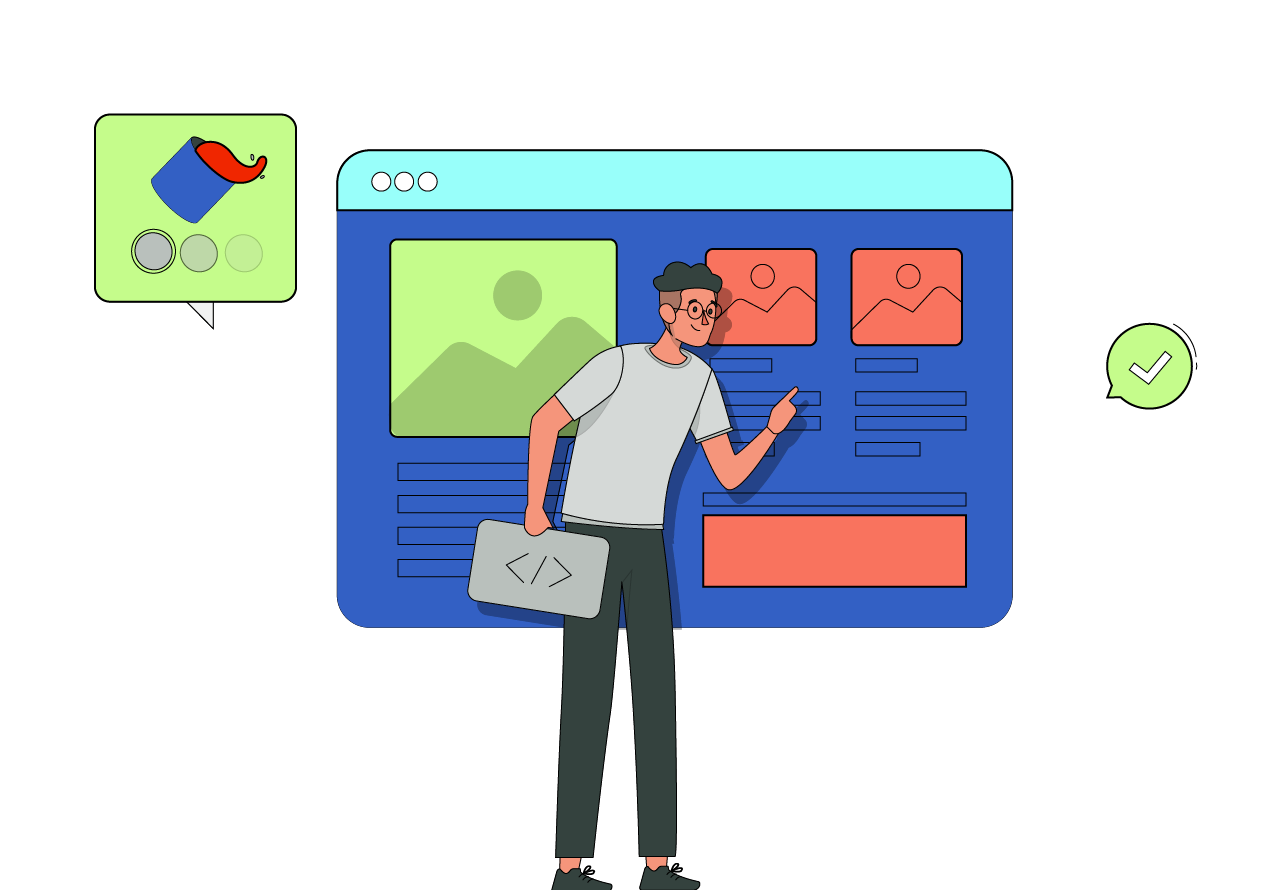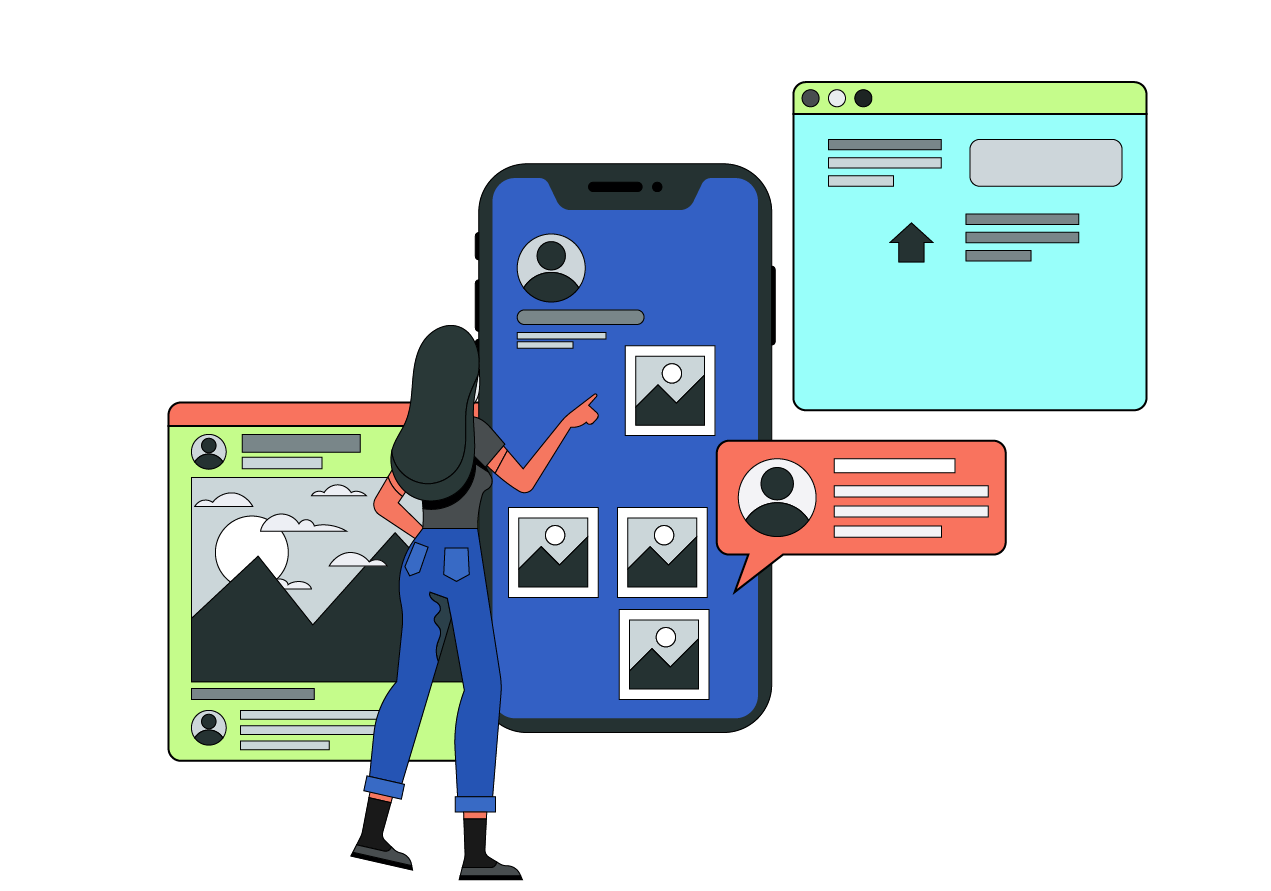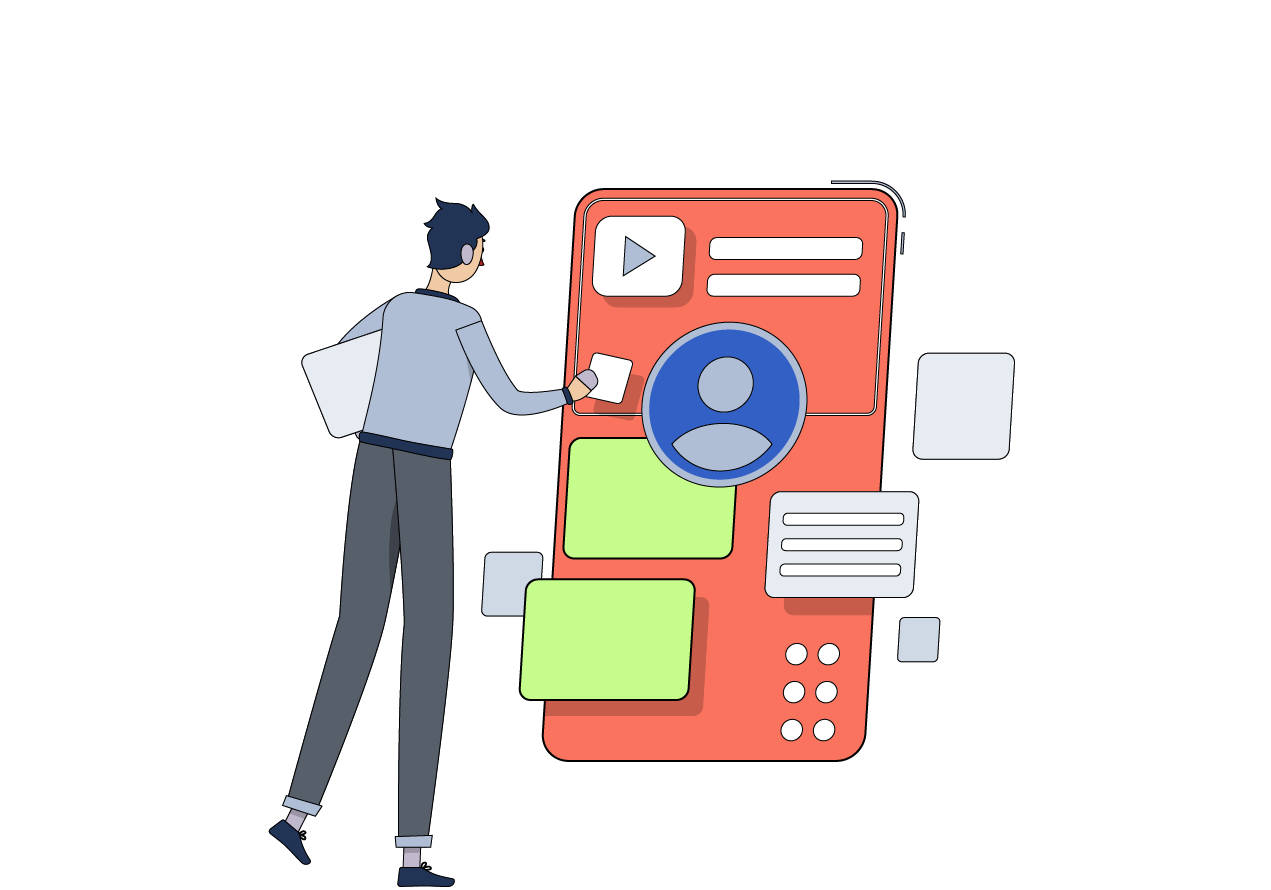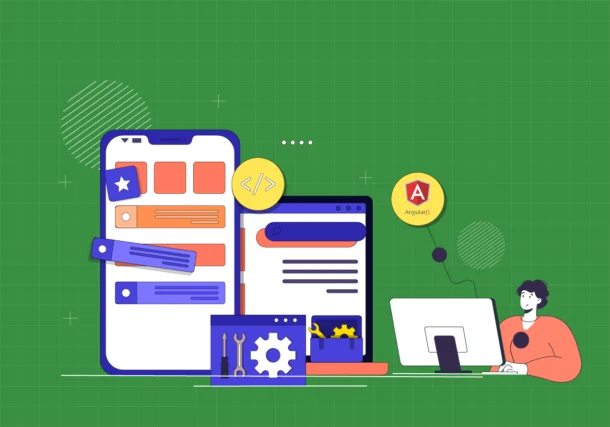Prioritizing User Experience through Progressive Enhancement with Django
In the web development world, user experience (UX) remains a key determinant of the success of any digital effort. As developers strive to create engaging and accessible web applications, the concept of progressive enhancement has emerged as a guiding principle, setting the part for achieving improved UX in various application platforms. First in this category is Django, a high-quality Python web framework known for its versatility and efficiency.

Progressive enhancement with Django, in particular, advocates building web experiences that prioritize functionality and accessibility and gradually layering development for devices and browsers that can support them With Django, this process takes many different forms targeted user experience at its core usage should be effective with long-range communication. Fundamentally, Django gives programmers the ability to create sophisticated online applications by offering an extensive feature set and an array of tools for building dynamic interfaces and interactions. Django facilitates the development process through its Model-View-Template (MVT) framework, making developers more appealing.
Furthermore, Django’s scalability and flexibility make it a perfect platform for putting progressive enhancement ideas into practice. Developers may guarantee that web applications used by Django can accommodate a wide range of screen sizes and resolutions, providing a consistent and user-friendly experience on a variety of devices, by implementing responsive design principles. In this examination of Django’s progressive enhancement, we look at methods and practices for utilizing Django’s capabilities to improve UX, motivate improvement plans, and produce user-engaging websites.
Progressive Enhancement with Django for Bridging the Gap Between Web Content and User Accessibility
The goal of progressive enhancement in web design is to make sure that, independent of a user’s digital accessibility, all users see enhanced information before those with more refined browsers and Internet connections. When web content is created using “graceful degradation,” it is optimized for the most recent browser version and served to users first, then it is redesigned to function well with earlier browser versions. You can adhere to the progressive enhancement with Django approach to web design by following a few rules. They are listed in the following order:
Initially, fundamental content needs to be accessible on every website. There are various websites, each with unique characteristics and functionalities. The task of creating a website that functions across all browsers might be difficult. But all browsers concur on a few global web standards. To guarantee accessibility, websites should adhere to web standards before adding new capabilities to analyze particular browsers.
Second, every network has access to standard events and basic capabilities. When developing websites, it’s crucial to control the user experience with basic DOM content before utilizing custom content to address additional capabilities. Third, all content needs to be represented by the smallest possible meaningful symbol. It’s crucial to prioritize information delivery over aesthetics in web design. The website’s content needs to be formatted correctly using HTML so that customized translations are possible.
Fourth, more functionality should be available through external JavaScript. Once a site has proven that it can deliver basic functionality to users without access to third-party JavaScript libraries, then those libraries should be leveraged to give enhanced functionality. Fifth, a CSS that is externally interconnected ought to offer thorough organization. Even without any CSS styling, users can still access the website and it will still function. The goal of CSS styling is to enhance a website’s appearance and offer a new degree of structure that HTML is unable to offer. Lastly, choices for web browsers and end users should be honored. Users don’t need to utilize a specific browser to access the website’s content.
Creating consistency across devices is the role of progressive enhancement in ensuring a unified user experience
A critical methodology for web improvement that puts openness, versatility, and client experience initially is a progressive enhancement with Django. You can ensure that all clients can get to and associate with your essence, independent of their gadget or program abilities, by making little, progressive upgrades to web applications. Transparency is an essential inspiration for taking on steady improvement. Few out of every odd client approaches the most current innovation or quick Web. Your web application will be usable by everybody, even those with inabilities or obsolete innovation, on the off chance that running on many gadgets and networks is made.

Adaptability is an extra advantage. Because of the hereditable whimsicality of organizations, client experience might be influenced by issues including programming absconds, gadget limitations, and organization blackouts. Progressive enhancement ensures that your product will work even under any conditions and empowers it under every condition.
Steady upgrades likewise help to get the most ideal client experience. Focusing on happy openness and fundamental elements establishes a strong starting point for furnishing clients with elite execution gadgets or programs with additional highlights. Since benefit and service start things out in this system, client delight and commitment are expanded. It’s basic to make little steady changes to your web application to offer an inviting, simple, and easy-to-understand interface. Contacting a larger group and giving a predictable encounter across tools and areas can be achieved by arranging from the beginning with limits and usability of minds.
Enhancing Design Flexibility with Customizing Templates in Django Crispy Forms
Django Crispy Forms is an application that makes it simple for developers to present Django forms by using a template pack. Django Crispy Forms lets users alter a form’s appearance and arrangement using clear and simple language, making it aesthetically pleasing and simple to use. One that requires little effort on the part of developers to produce well-formatted documents that complement their company and have simple design and logo placement. Progressive enhancement with Django Crispy Forms’s streamlined style is one of its primary benefits. Developers can specify customized form layouts using Python code, eliminating the need to manually define form HTML and CSS. Both novices and experts will find it simple to work with the syntax because it is clear and simple.
Numerous pre-built setups, including bootstrap, bootstrap3, bootstrap4, and uniform, are available with Django Crispy Forms. With this style, which is based on a well-liked front-end design, developers may easily include documents into already-existing applications or create new ones. Furthermore, unique templates can be altered to meet particular design requirements. A cornerstone of software development is “Don’t Repeat Yourself,” or “DRY.” You may specify form layouts once and apply them to numerous views using Django Crispy Forms. This guarantees that the document style and format are the same across your application.
By adjusting the row, column, and field order, developers can quickly and simply modify the forms’ structure with Django Crispy Forms. Because of its adaptability, multi-line characters and sophisticated layouts that are tailored to certain applications can be created. By utilizing Django Crispy Forms, developers may design form fields directly with CSS classes and styles. This degree of control enables customized styling to improve the user experience and blend in with the application’s design.
Progressive Enhancement Principles by Building Stronger User Experiences with Django
A directing idea in web development, advancement puts an accentuation on making sites and web applications in layers with the goal that the fundamental highlights are open to all clients, regardless of their gadget or program capacity. It’s a good idea to use changes to Django forms to make them easier to use, more responsive, and simple to use across a bigger scope of gadgets and programs. On a very basic level, Progressive enhancement with Django offers solid structure-building capacities that simplify it for software developers to indicate structure fields, approval rules, and information-restricting rationale. By using Django’s incorporated structure handling, designers can ensure that their structures are usable by all clients, even those with obsolete or supporting innovation.

The key to continuously progressing through Djangos is to perfectly obliterate things. To make a more hearty client experience for clients on gadgets or programs that can perform comparably well, you would begin with essential HTML capabilities even with practically no JavaScript or CSS redesigns, and afterward steadily push JavaScript or CSS forward. Customization, which incorporates changing records to fit different screen sizes and goals, is one more pivotal element to consider. With the assistance of CSS systems like the establishment of Bootstrap and Django’s structure configuration highlights, making dazzling and versatile structures.
The Django documentation is bit by bit developing to deliver reports that are clear, helpful, and easy to use on various equipment and internet browsers. Through adherence to industry best practices and the usage of Django structure usefulness vigorous capacities control, designers can ensure that all clients have a steady and fulfilling experience with their reports.
Enhancing Existing Online Presence or Creating New Ones with Pattem Digital
Pattem Digital Technologies is a leading PWA App Development Company, we take pride in providing creative, client-focused PWA solutions that are tailored to each client’s needs. Our expert team of creators and designers develops outstanding execution PWAs that provide an unrivaled client experience across all stages and devices by using the most recent innovations and industry best practices. Whether your goal is to enhance your current online presence or start from scratch to create a whole new PWA, our team is ready to support you every step of the way. We collaborate closely with clients to ensure that their vision is respected at every turn, from initial concept to plan to refinement, testing, and implementation. Get in touch with us right now to find out more about our PWA services and how they may help you grow your company.





